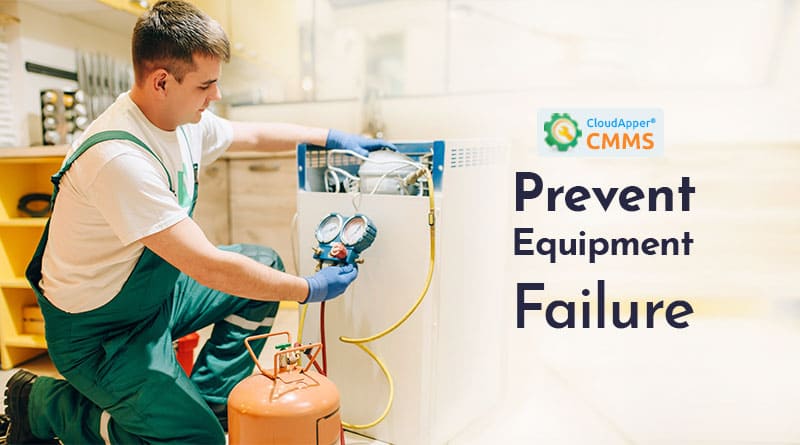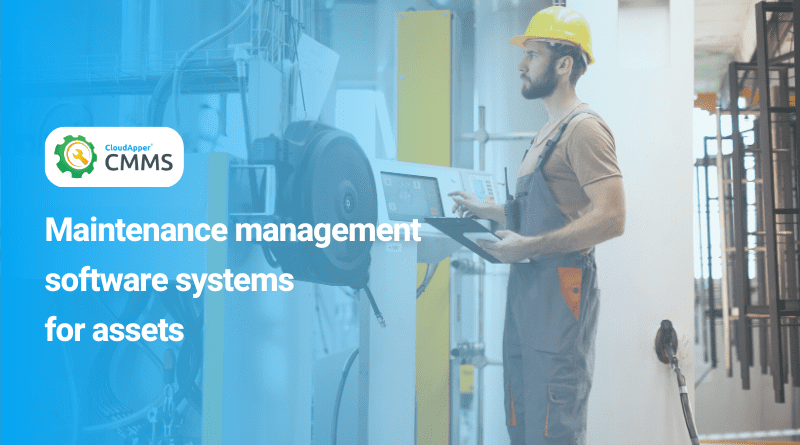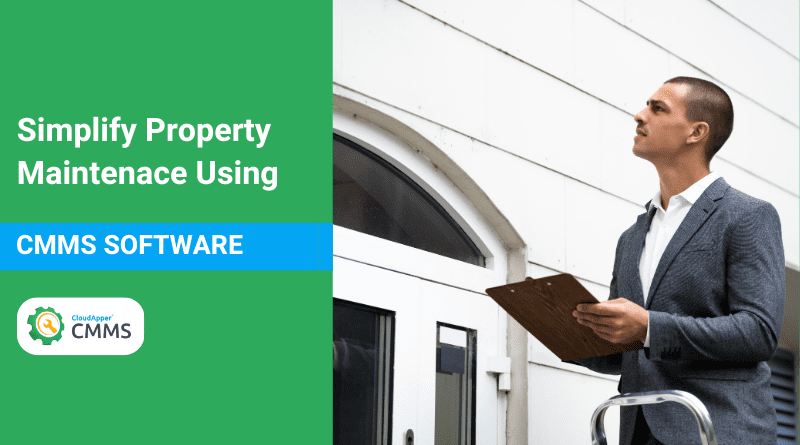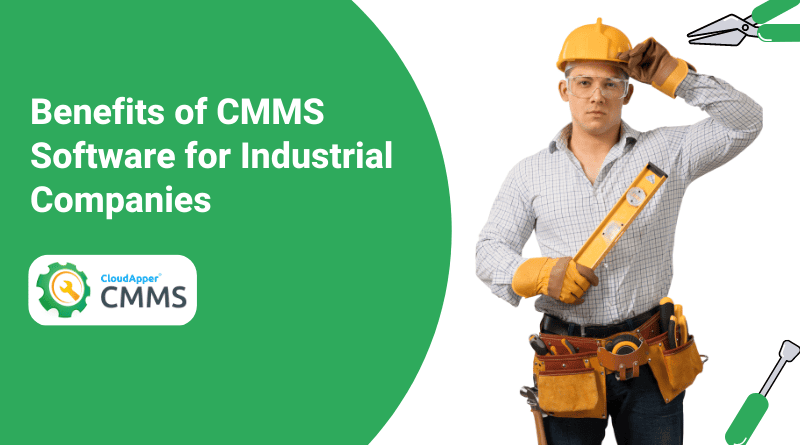Equipment failure is a common industrial phenomenon setting. It can lead to increased costs of repair, downtimes of production, health and safety implications for employees, and can affect production and delivery of services. The International Society of Automation signifies that, due to downtime, factories lose from 5 to 20 percent of their productivity equivalent to thousands and even in some cases millions of dollars.
A deep understanding of machine failures and their mechanisms is required to implement protection against failure and ensuing downtime. This includes an analysis of fault causes and their consequences, in order to devise appropriate mitigation strategies.
A quick definition of equipment failure
Simply put, equipment failure occurs when a piece of equipment fails to function as intended. On the basis of the seriousness of the problem and the equipment functionality, two broad categories can be distinguished:
- complete failure
- partial failure
Every event that leads to a partial loss of value represents a partial failure and an event that causes a complete loss of value from equipment is a complete failure.
Complete failure is simple to recognize because it makes the asset practically unusable. engine failures, turbine propeller breakdown, vessel, pipe, or valve ruptures, severe heart failure or HVAC failure, etc. are Common examples of complete equipment failure.
There may be certain conditions when the equipment is operational but its intended performance can only partially be fulfilled. This is a sign that the equipment fails partially. The conveyor belt, for example, operates at a slower speed due to a motor speed control malfunction, resulting in plant synchronization failure.
Other examples of partial failure include issues such as wear and tear, corrosion, dirty air filters, insufficient lubrication, and similar occurrences. In many cases, corrective maintenance is sufficient to return the machine to an optimal working condition.
Failures come in various shapes and sizes, and you won’t be able to catch them all. However, most can be prevented and addressed with the right tools and a proactive maintenance approach before they cause serious problems and costly downtimes.
Common causes of machine failure and preventative measures
There is no one-size-fits-all strategy measure to avoid the failure of equipment. Different failure prevention strategies should be developed for different types of equipment, each operating within its own context and defined expected value.
There are various maintenance strategies for the prevention of machine failure, including preventive maintenance, condition-based maintenance, and predictive maintenance. Choosing the right choice depends on many factors and is frequently a tradeoff between the investment required and, maintainability, reaching reliability, availability, and safety (RAMS) objectives.
There are several reasons for equipment failures, which can sometimes seem unpredictable. The machine may fail or fail for several reasons. The following are some of the most common causes of machine failure and tips on how to prevent it from happening.
-
Regular wear and tear
It is the most common cause, and it can occur in any type of equipment. Even if best practice is used repeatedly, wear and tear (also referred to as metal fatigue will eventually occur. Several reasons like bad operating conditions, poor routine maintenance, improper use, and poor storage conditions can accelerate machinery failure. The damage caused by wear and tear could be catastrophic if left unaddressed.
How to prevent it
Lubrication is a common idea in rotational machines for preventing wear and tear. Regular lubrication of the machine components reduces friction within moving elements and controls unnecessary machine wear and tear. For other types of equipment, the possibility of machine wear and tear failure can also be further reduced, if periodic inspections and preventive/predictive maintenance of the machine part, such as bearings, filters, replacements of belts, hoses, cleaning up dust and dirt, and also being mindful of contaminants.
-
Lack of routine and preventive maintenance
Many organizations continue to use breakdown maintenance due to limited budgets. While this approach works for certain equipment, it is not suitable for critical and complex equipment. A lack of routine and preventive maintenance results in huge deferred maintenance backlogs and all associated operational problems and costs.
Preventive maintenance based on time is also not a perfect solution either. The equipment tends to fail most often when it approaches the end of its useful life, Depending on the failure mechanism. Since most equipment is maintained at fixed constant intervals over their entire lifespan, they often tend to be under-maintained at later stages of the asset life cycle.
How to prevent it
Implementing a proactive maintenance strategy, as you might expect, is a solution to this problem. The easiest way to achieve this is to use a CMMS since it helps you to manage all the resources necessary to be managed with proactive strategies calendars, schedules, assets, work orders, vendors, and inventory.
When you have all the necessary information in one place, it is much easier to lead an organized maintenance team.
-
Improper use and operator errors
Operator/human error is defined as the occurrence of unexpected outcomes as a result of distraction, bad decisions, deviation from the intended process (doing extra tasks or not following the task sequence). It can lead to several problems, ranging from operational downtime to severe safety incidents.
How to prevent it
Among one of the most effective ways of avoiding wrong use or mishandling of machines is machine operator training. For many industries, the minimum level of training required for various assets is defined. They could also seek certificates of training to maintain the desired level of competence for operating certain machines.
A piece of equipment can also be damaged during the maintenance process, though this happens less frequently. Many organizations create maintenance and operation manuals, SOPs, and checklists to make it known exactly to anyone who interacts with the equipment.
-
Poor reliability culture
The management may have an inaccurate description of plant reliability in some organizations. They may see any plant, where a piece of equipment is replaced as soon as it fails, as reliable. While a quick fix may increase plant availability and MTTR, it does not reflect good plant reliability.
Furthermore, due to budget limitations, some businesses hesitate to invest in improving reliability culture because they do not see the immediate benefits it has on asset management. This is because improving reliability is a long-term benefit, so seeing significant ROIs can take a while. As there is also a lack of long-term planning habits in many small and medium-sized organizations, they fail to understand the real benefits of incorporating a reliability-driven culture.
How to prevent it
On the market, there are several efficient and cost-effective reliability improvement solutions. A modern, mobile CMMS is one of the effective solutions. It provides manufacturing businesses with a substantial improvement and helps them embrace a change in their reliability culture. In order to keep their organization on the right track, organizations who are hard stuck in reactive mindsets will have to put more effort into change management.
Techniques like RCM, RCA, and FMEA should be reviewed by departments that are seriously interested in improving their reliability efforts. They can assist them in assessing common failure modes for specific assets and determining the best maintenance strategy for each asset.
Manage and prevent failure of equipment with a modern CMMS
To simplify, automate and organize preventive and predictive maintenance tasks, CMMS can be easily deployed. Its main purpose is to help organizations to be proactive after all.
Here is a list of ways in which CloudApper CMMS can help manage and prevent machine failures:
- It assists managers and supervisors in the creation of routine maintenance schedules.
- It comes with a maintenance calendar for easier tracking and to manage your incoming tasks.
- It holds technicians accountable for maintenance work performed.
- It assists you plan and monitors spare part inventory
- It can be used as a centralized repository for asset management guidelines, maintenance history, SOPs, checklists, and safety procedures.
- It has a layout map feature that allows you to quickly locate machines and equipment.
- It can help you improve and organize emergency maintenance and other reactive work in the worst-case situation, according to your priority
- Only things are closely connected to preventative maintenance equipment, this is by no way an exhaustive list of what CMMS can do,
Key takeaway
Although most maintenance workers know that lack of preventive maintenance is the source of most of their headaches without reading this article. The solution is apparent – implementing the CMMS and using it as a foundation to develop a preventive maintenance plan, although we don’t like to tut our own horn.
Even if you have a tight budget, modern maintenance software is not prohibitively expensive and provides a good ROI that will not have a significant impact on your bottom line. Click here for more info about CloudApper CMMS or contact us today.


















